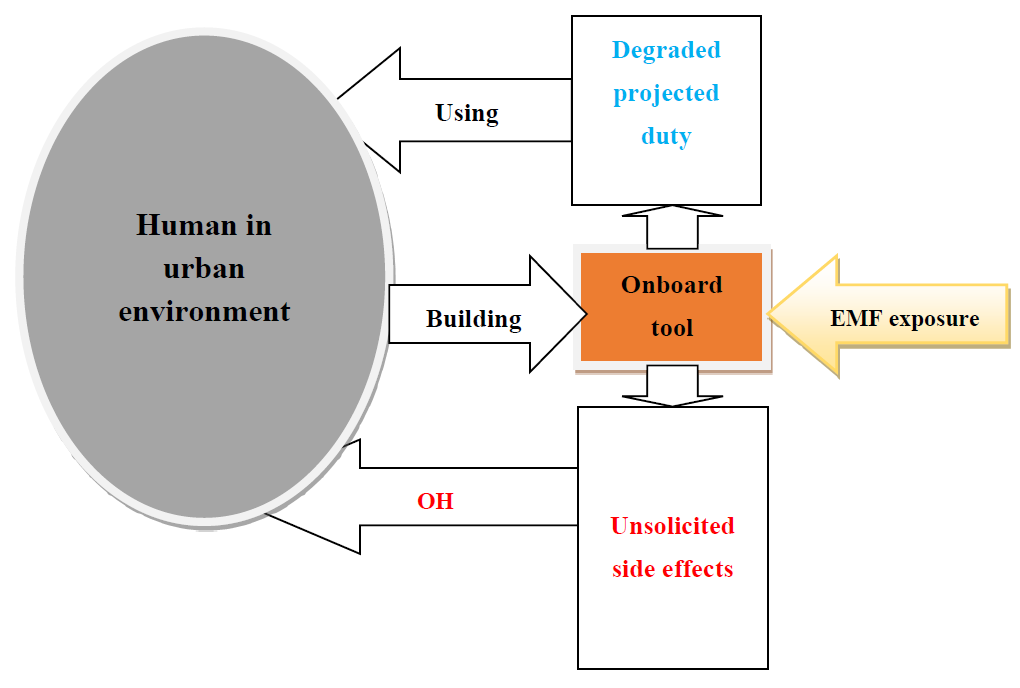Found 23 results
Article
23 April 2025Socio-Economic and Environmental Impacts of Jamrani Irrigation Dam Project, Kumaon Himalaya, India
This paper examines the economic and environmental impacts of the proposed Jamrani Irrigation Dam Project on the upstream and downstream areas. This study is primarily empirical, and a case study of six villages was conducted. A total of 415 households are being affected—fully and partially, due to the construction of the dam, out of which 122 heads of households were interviewed. A structured questionnaire was constructed, and the heads of households were asked about the socio-economic and environmental impacts of the proposed dam project. Furthermore, a detailed perception study of these households was conducted. Secondary data related to the size of the dam project, various land uses being affected by the dam, its socio-economic and environmental impact, and the most beneficial sectors were collected from the irrigation department, Government of Uttarakhand’s report 2020. In addition, socio-economic data from 415 households were collected from the same source. This study reveals that the dam project will have many favourable economic impacts in terms of supplying ample water for drinking and irrigation, electricity generation, development of infrastructural facilities and tourism, and the Gaula River flood control. On the other hand, the dam project will lead to land degradation, depletion of faunal and floral resources, soil erosion, and finally, the rehabilitation of the affected people. This study suggests that the proper use of technology and a suitable rehabilitation policy will make the project successful.
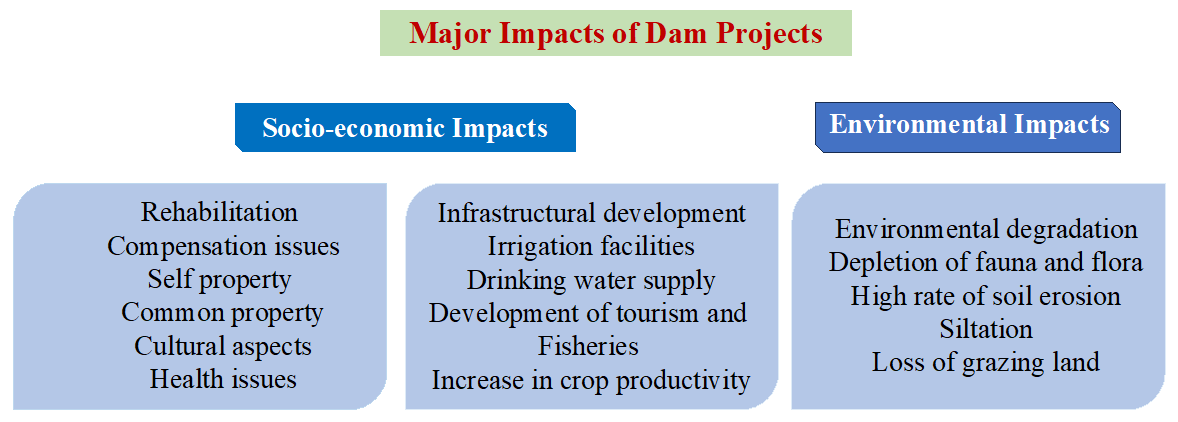
Editorial
17 March 2025The Roots of Rights—Special Issue: “Transformative Practices: Rights of Nature and the Good Life”
This special issue focuses on the social practices of Rights of Nature (RoN), specifically exploring the transformative competencies and skills involved. The research investigates both individual competencies, such as resilience, mindfulness, and creativity, and collective skills, like relationship building and sustainable forms of interaction with the social and the ecological environment. The central question is if RoN does include “best practice” examples of cultivating non-instrumental relationships with the self, the social other, and the natural other.
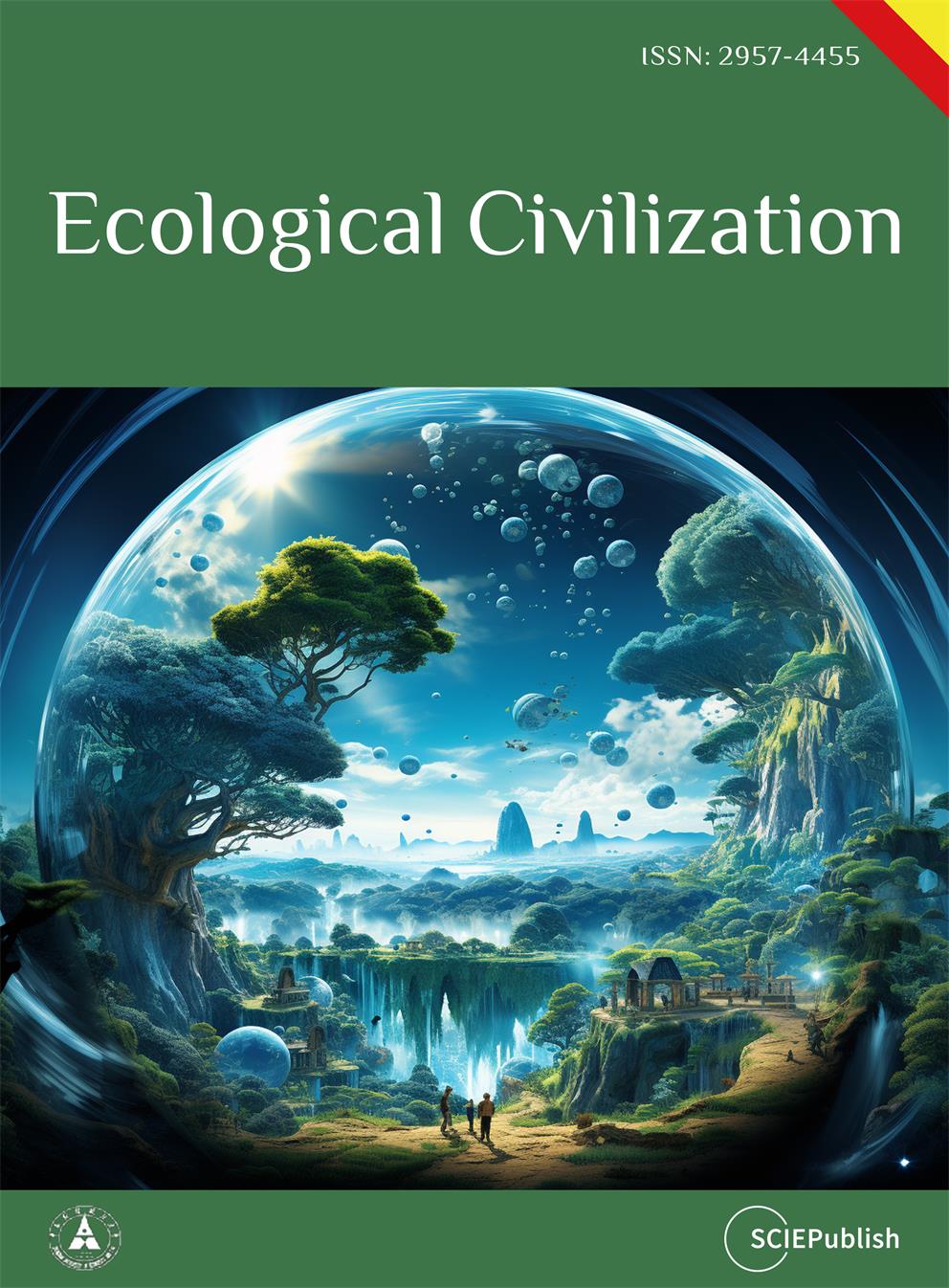
Review
09 January 2025Recent Advancements in Alumina-Based High-Temperature Insulating Materials: Properties, Applications, and Future Perspectives
As a high-temperature thermal insulation material with excellent mechanical properties, alumina (Al2O3)-based materials hold significant potential for applications in aerospace, advanced manufacturing, automobiles, industrial furnaces, and other fields. However, the inherent brittleness of alumina poses a limitation to its wider application. Therefore, there is a pressing need to develop alumina-based materials that offer high toughness while retaining superior mechanical properties. This paper begins by exploring the structure of alumina, highlighting its thermal conductivity, insulation, and mechanical properties in high-temperature environments. It then reviews the classification and synthesis methods of alumina-based materials, along with the latest advances in design strategies. Notably, the rational design of alumina composition, structure, and morphology is emphasized as crucial for optimizing material performance, thereby supporting the industrial development and application of these materials in high-tech sectors. Finally, the paper discusses the challenges and evolution of alumina-based materials in real-world industrial applications and suggests potential directions for future development.
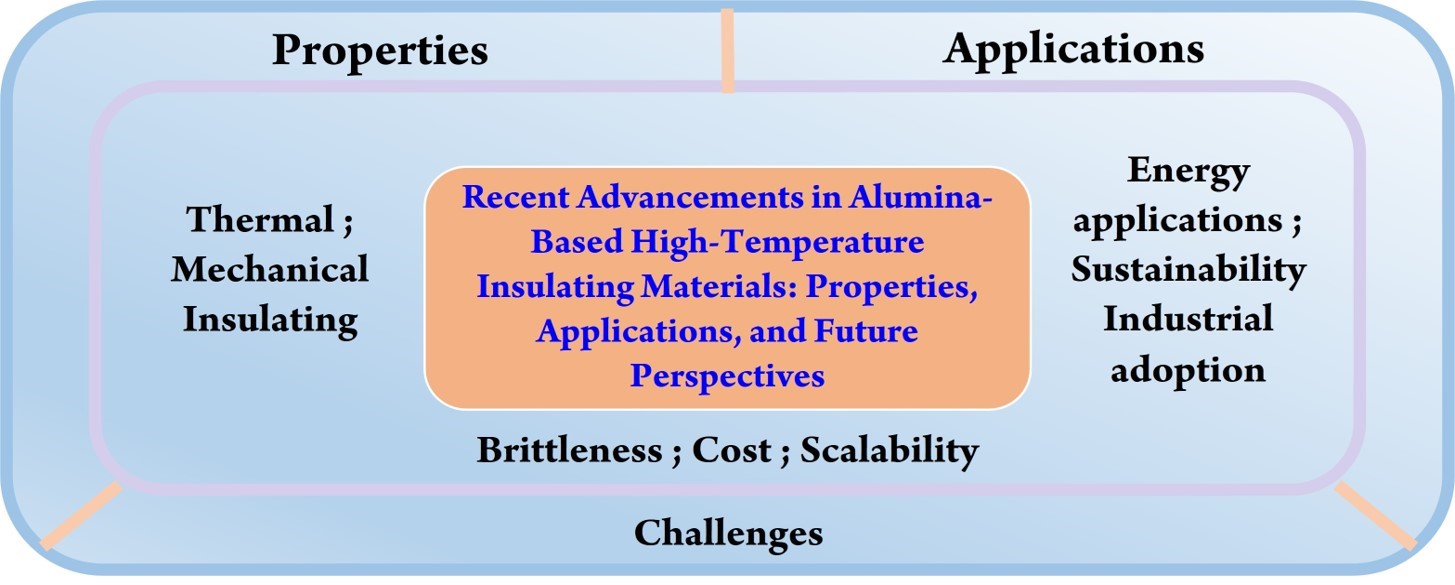
Article
16 December 2024Exploring the Values of Sustainability and the Cost of Going Green: A Case of Building Research Establishment Environmental Assessment Method (BREEAM)
Despite the expansion of BREEAM and the benefits of adopting sustainable building practices, there are concerns that the cost of going green may outweigh the benefits. Whilst previous studies have not provided adequate clarity in this regard, there is consensus among scholars that BREEAM provides indirect benefits that can be considered as added value. This paper aims to investigate the potential cost implication and benefits of sustainable building practices from the lens of the Building Research Establishment Environmental Assessment Method (BREEAM) in the UK. Adopting survey research strategy, questionnaires, and interviews with 34 construction industry professionals in Southeast England were conducted to investigate their perceptions of BREEAM, the extra value it contributes to projects, and the possible limitations hindering its wider adoption. Findings show that while there is an upfront investment associated with achieving BREEAM certification, the benefits of such certification include added values such as improved environmental performance, increased market appeal, improved indoor air quality, reduced carbon emissions, and lower operational costs. This study validates the need to encourage wider adoption of sustainable building practices and promote the use of the BREEAM methodology in the UK. This research provides a foundation for future research and development in this area, with the goal of reducing carbon emissions and promoting sustainable development.
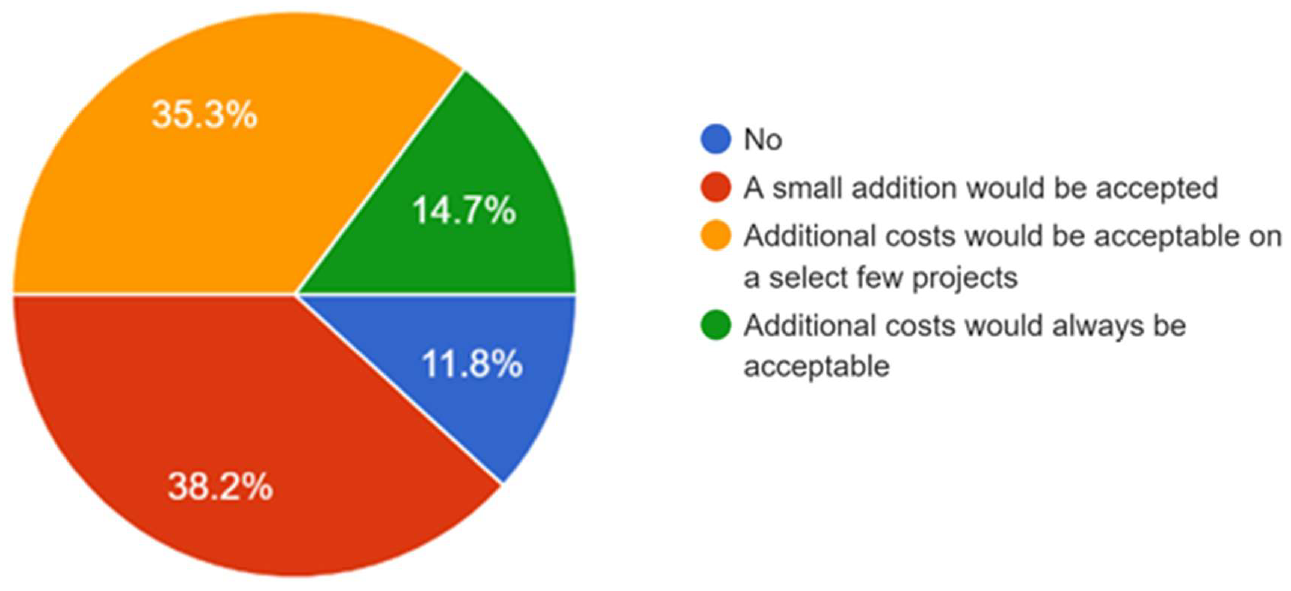
Review
09 December 2024Synthesize and Applications of Biodegradable Plastics as a Solution for Environmental Pollution Due to Non-Biodegradable Plastics, a Review
Biodegradable plastics are a potential sustainable alternative to conventional petrochemical-based non-degradable plastics. Due to their lightweight, flexibility, durability, versatile applications, chemical inertness, electrical and heat insulation, and conductivity, plastics have become an essential material for many industries, with annual production currently exceeding 450 million tons. However, these materials are non-biodegradable, leading to detrimental consequences such as the formation of microplastics from improper disposal and the generation of toxic gases, including furans, dioxins, mercury, and polychlorinated biphenyls, from burning plastic waste. This results in environmental pollution, affecting land, water bodies, and the atmosphere. In response, studies where the focus has been on creating bio-degradable polymers such as polylactic acid, polyhydroxy alkanoates, Polycaprolactone, Poly(butylene adipate-co-terephthalate), and Polybutylene succinate, which were extracted from renewable resources or chemically modified as biodegradable polymers. Biodegradable polymers exhibit a wide range of properties and can now be modified to be used in various applications suitable for substituting some conventional plastic products. Thus, the article highlights the critical issue of environmental pollution caused by non-biodegradable plastics and provides a comprehensive overview of the synthesis processes, properties, novel applications, and challenges associated with the use of biodegradable plastics.
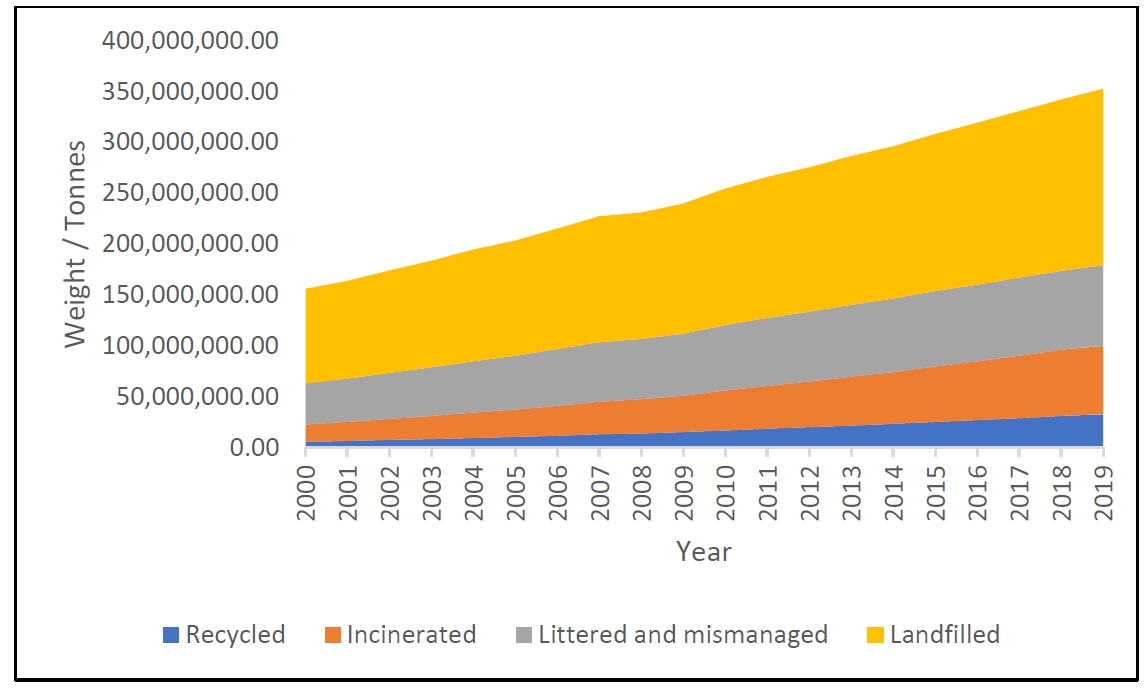
Article
18 November 2024Developing a Climate Litigation Framework: China’s Contribution to International Environmental Law
Although “climate litigation” is not an indigenous term in China, localizing it is essential to support the development of an independent environmental legal knowledge system in China. Rooted in China’s judicial tradition, which emphasizes substantive rationality, traditional legal theories have primarily focused on environmental law. However, the contemporary practices in the rule of law have created an unclear trajectory for climate litigation. Research in this area has long been trapped in a paradigm that relies on lawsuits for ecological environmental damage compensation and environmental public interest litigation, leading to a significant disconnect between theoretical framworks and practical application. With the advancement of the "dual carbon" strategic goals—carbon peaking and carbon neutrality—it has become imperative to redefine the concept of climate litigation within the Chinese context. We need to establish a theoretical framework that aligns with the “dual carbon” objectives while providing theoretical and institutional support for climate litigation, ultimately contributing to the international discourse on climate justice. Additionally, Hong Kong’s proactive climate governance and robust ESG (Environmental, Social, and Governance) practices provide valuable insights for developing comprehensive climate litigation mechanisms. Based on this analysis, we propose concrete plans for building a climate litigation system in China, establishing a preventive relief system and a multi-source legal framework at the substantive level and developing climate judicial mechanisms for mitigation and adaptation at the procedural level.

Article
15 November 2024Long-Term Change in Human Impact and Environmental Perceptions: A 40-Year Case Study of an Environment-Focused Non-Governmental Organization
Non-governmental environmental organizations are diverse in scope, goals and doctrine, ranging from natural history societies to green parties. It was from the 1960s that they became widespread worldwide. To characterize a French NGO and assess the changing trends in its objectives over time, we have qualitatively and quantitatively analyzed the journal it has published without interruption for 40 years: 140 issues, 4500 pages, and almost 250 keywords. The initial scope of the NGO was focused on ‘humans and nature’: we do not protect the environment against humans but with humans, i.e., at the same time as humans, which is the very definition of sustainable development, with its three-fold focus: nature, economy and social justice. The primary issues included recognizing water as a shared resource for all people, promoting sustainable agriculture and transportation (such as railways), advancing peace efforts, and protecting nature. This approach emphasizes a rigorous, evolving scientific perspective that goes beyond a focus on a few charismatic species (‘deluxe biodiversity’), embracing biodiversity in its entirety. Over time, the discourse has kept track of the shifting priorities of most Green parties: less and less focused on nature (e.g., forests, ecosystems) and more and more on social issues (e.g., health, housing, transport). However, it differs in not focusing on the idées fixes of the Greens (e.g., rejection of civil nuclear power, GMOs).
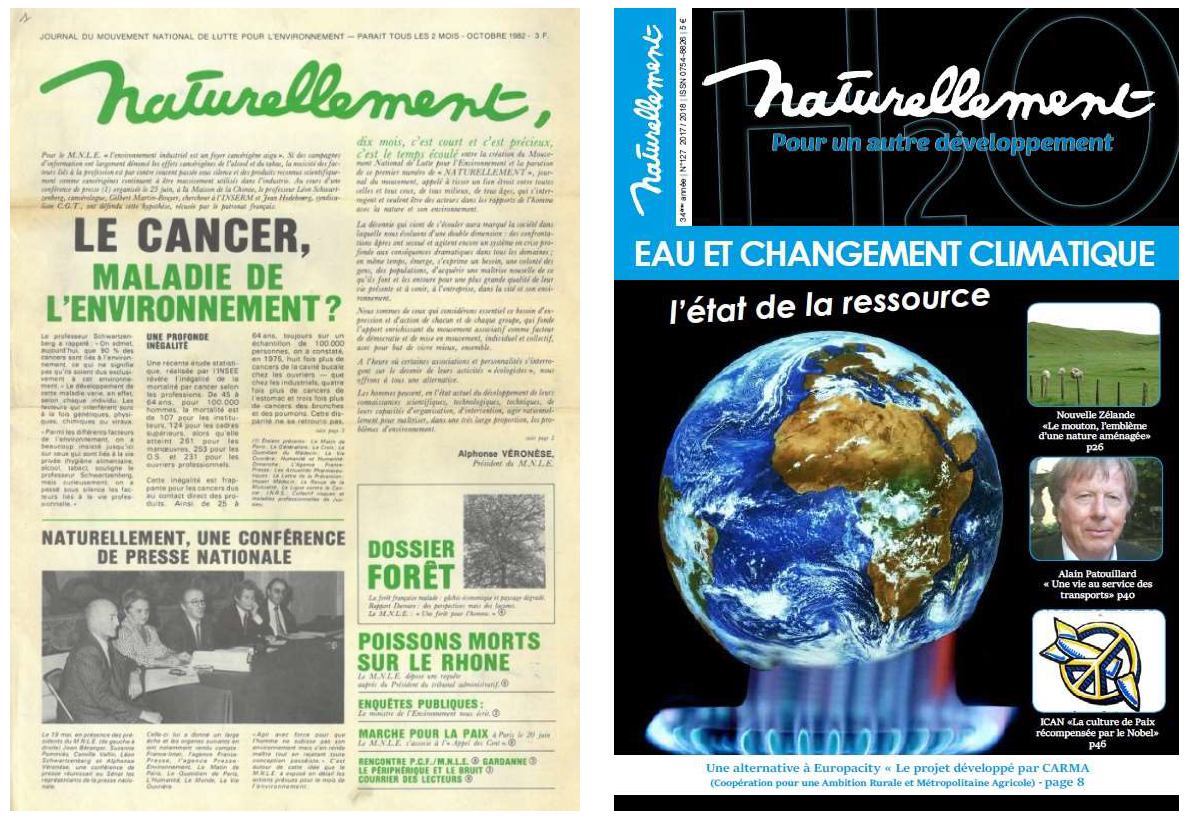
Article
28 October 2024Challenges and Solutions: China’s Illegal Hunting Crime from the Perspective of Ecological Civilization Development
In recent years, the number of crimes involving illegal hunting in China’s judicial system has steadily increased, giving rise to numerous disputes. The root of these disputes lies in the fact that China’s Criminal Law lags in terms of animal protection legislation, failing to strike a balance between wildlife protection and human rights. This disconnection is particularly evident in the legislation and judicial practice regarding illegal hunting crimes and the value principles of ecological civilization strongly advocated by China. Moreover, China’s legal framework and judicial practices concerning illegal hunting crimes suffer from low thresholds for conviction and a lack of comprehensive investigations into the subjective intentions of offenders. Chinese legislators and judges should consider international experiences in combating illegal hunting crimes, elucidate the right to defend oneself against wildlife in certain dangerous situations, and thoroughly revise legal provisions, including the definition of illegal hunting and related judicial interpretations. Additionally, greater efforts should be made to disseminate public legal knowledge regarding illegal hunting crimes.

Review
14 October 2024Photocatalytic Antifouling Coating: From Fundamentals to Applications
With the rapid development of shipping industry, marine vessels frequently suffer from biofouling caused by marine organisms, making the effective prevention of marine biofouling a critical issue. Traditional antifouling coatings, which utilize toxic and harmful substances, pose significant risks to marine ecosystems. Therefore, the development of environmentally sustainable antifouling coatings has become imperative. Photocatalytic antifouling coatings, as an eco-friendly alternative, present a promising solution to these economic, energy, and ecological challenges. This review compares the environmental benefits of photocatalytic antifouling coatings to traditional ones, highlighting the underlying mechanisms of marine biofouling. Additionally, it explores the preparation techniques employed in photocatalytic antifoulant, analyzing the advantages, disadvantages, and potential modifications for photocatalytic coatings. Based on these insights, the future development of photocatalytic antifouling coatings is discussed, aiming to provide valuable references for the exploration of more efficient, broad-spectrum, energy-saving, environmentally friendly, and cost-effective marine antifouling technologies.
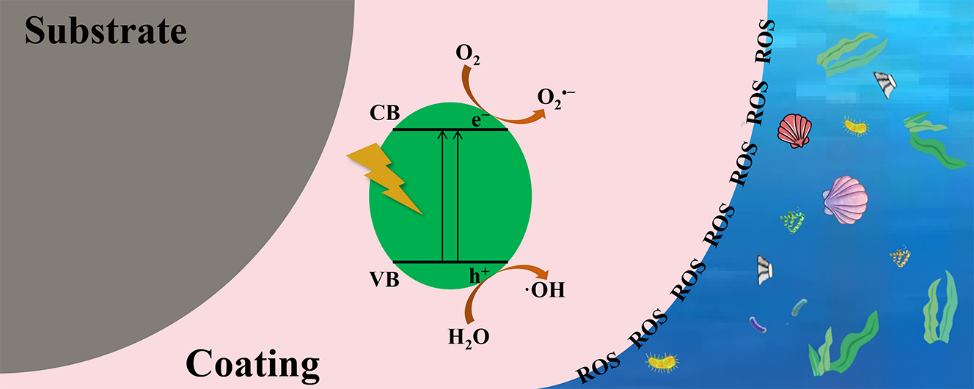
Commentary
20 September 2024Sustainable Design and Integrity Control of Onboard Health Tools for Humans and Their Environmental Urban Biodiversity
Recently, onboard sensing and support devices have been used for the well-being of humans, animals, birds, plants and, more generally, biodiversity. The performance of these tools is closely linked to their electromagnetic environment, mainly artificially created by humans. Therefore, the presence of electromagnetic radiation linked to human activities near such tools constitutes a threat. The intelligent and sustainable manufacturing of these tools, which makes it possible to face such a threat, can be achieved through their design and optimization. This commentary aims to highlight the interaction of artificial electromagnetic radiation with onboard health tools involving living tissues in urban biodiversity (One Health concept) and the intelligent and sustainable construction and protection (Responsible Attitude concept) of these tools. The manuscript presents an overview of onboard devices, possible effects of electromagnetic radiation, durable construction and shielding, and analysis of electromagnetic compatibility integrity control. The main outcome of this contribution regarding sustainably designed onboard devices is that numerical analysis tools of electromagnetic fields could efficiently verify their integrity and the behavior of their necessary smart shields. These different themes are associated with examples of literature.
